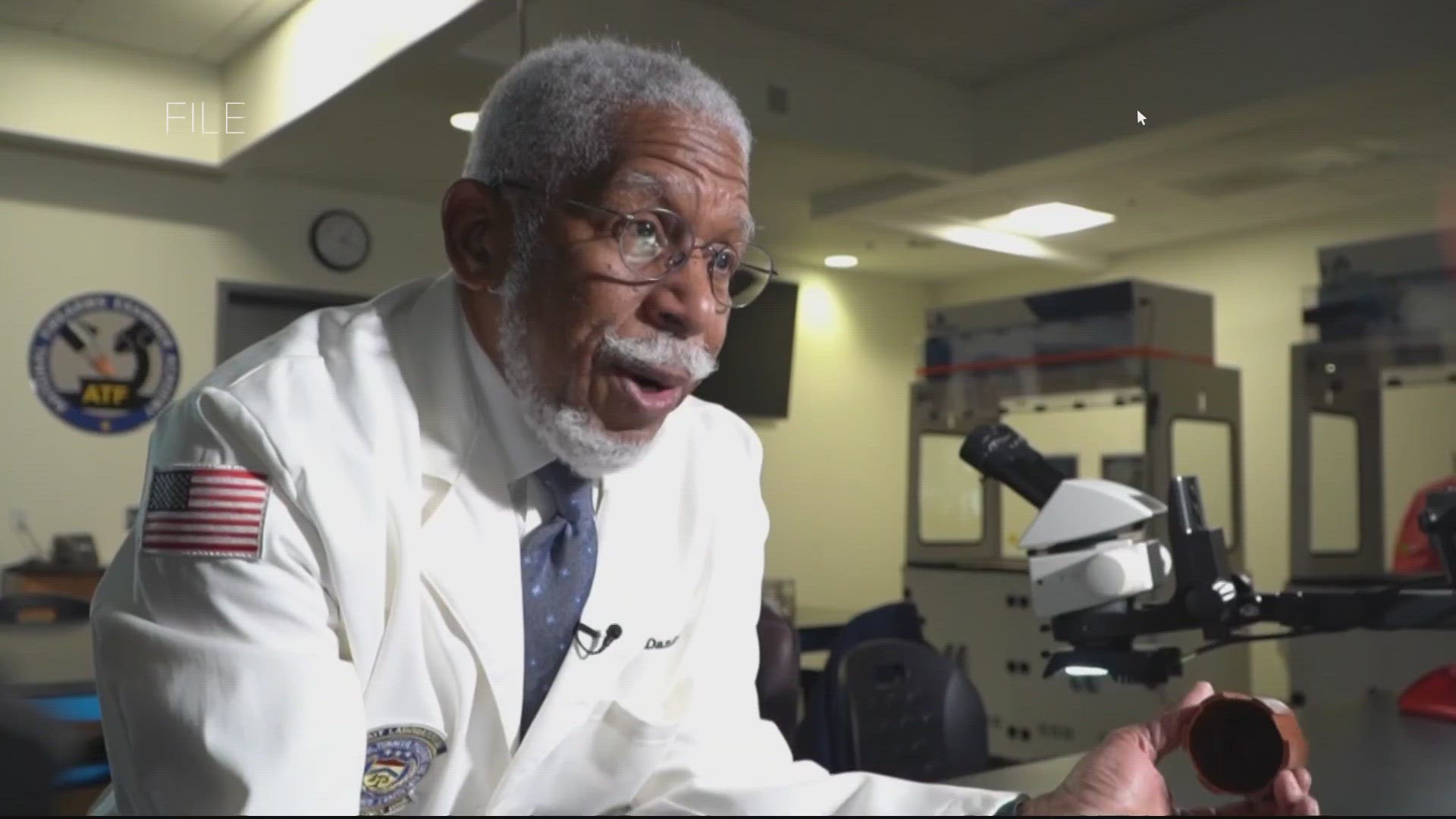ANNAPOLIS ROCK, Md. — If you’re a fan of crime shows like CSI, or if you remember the DC Sniper case, then it’s a good bet you know about “ballistics evidence.”
That’s where examiners compare the microscopic marks on bullet fragments to match them to the gun they say fired the projectiles.
This week, Maryland’s highest court ruled that ballistics evidence is not supported by science in a ruling that will sharply restrict how ballistics may be used in Maryland courts in the future.
The decision is a stunning turn for a forensic method that took center stage in the case against the DC Snipers, John Muhammad and Lee Malvo.
A big part of the case against them was a microscopic analysis of bullets and fragments that examiners said proved that a Bushmaster semi-auto assault rifle they had in Muhammad's possession fired the shots that killed 17, wounded 10, and terrorized the region in the fall of 2002.
But such science is flawed according to Jeffrey Gilleran, chief of the forensics division at the Maryland Office of the Public Defender.
"There was a study called Ames 2, and what that study found that when they tried to reproduce the opinions of one examiner versus another examiner, they found that over 50% of the time, the second examiner came to a different conclusion on the same evidence than the first examiner," Gilleran explained.
"Reproducibility is a basic science 101 and a requirement for a valid scientific method. This particular method simply is not reproducible, and that's a big, big problem."
Gilleran said the decision will impact hundreds of cases in Maryland per year.
He explained that ballistics evidence can still be used to narrow down what category, brand, or model of gun may have been used in a crime, but it can’t be used anymore to pin a shooting on one specific gun.
Attorney Stanley Reed, who is on the team that appealed the 2012 conviction of a Prince George’s County man resulting in the appeals decision bursting the bubble on ballistics evidence said the case will have an impact in courts throughout the nation.
“I think it's gonna resonate all over the United States," Reed said.
"This is the most thorough, comprehensive look at the issues surrounding firearms toolmark technology of any court in the country," Reed added.
A national firearms forensics expert says the ruling should be a wake up call to law enforcement.
"There is no national standard," said Steven Howard, an attorney, gunsmith and forensics expert who testifies in cases nationwide.
"There needs to be a set of guidelines that says you must have A, B, C and D to get F – the felony."
Howard said microscopic toolmarks on ammunition casings and rifling remnants on bullets can be pin point accurate, but too often prosecutors and examiners make claims in court when there are not enough marks, or the exact type of marks needed to be sure.
The association representing firearms examiners issued a statement saying the Maryland Supreme Court got it wrong.
The ruling is "inconsistent with the research that has been conducted over many decades," the statement from the Association of Firearms and Toolmark Examiners said.
The association said the Maryland ruling provided no guidance on what would meet the standard for acceptable ballistics evidence which would have the effect of usurping the role of jurors in the legal system.
"This also establishes an expectation that trial judges will need to become "amateur scientists," the examiners' statement said.
Maryland State Police say the agency will keep on doing ballistics analysis to solve crimes.
"The Maryland State Police Forensic Sciences Division will continue testing Firearms and Toolmarks casework using our current analytical methods," the agency said in a statement.
"Changes are anticipated in how conclusions based on the results of the analysis are reported and testified to in court."
Maryland State Police reported that it's Forensic Sciences Division completed 1,086 firearms and toolmarks cases in 2022.
A law professor says these difficult cases are more complicated by the recent Supreme Court Ruling overturning Roe V. Wade.

